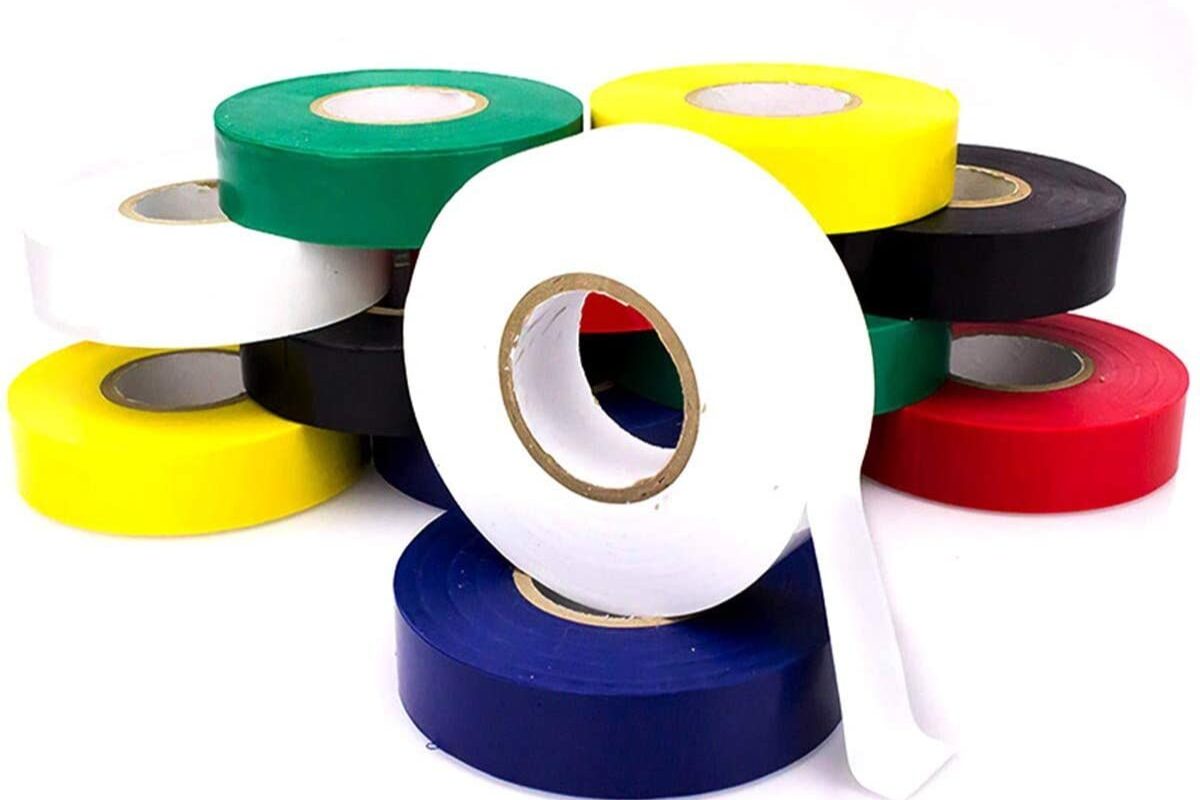Introduction to Adhesive Tapes
Adhesive tapes, also known as pressure-sensitive tapes, are one of the most commonly used items in our daily lives. From sealing packages to hanging posters, these tapes have become an indispensable part of modern living.
Types of Adhesive Tapes
Packaging Tapes
These are thick, heavy-duty tapes that are ideal for sealing cartons and packages during shipping. They are strong enough to withstand rough handling and varied weather conditions. Scotch packaging tapes are a popular example.
Masking Tapes
As the name suggests, these tapes are used for masking or covering areas during painting, finishing, or repair work. They leave little or no adhesive residue when removed.
Double-Sided Tapes
Featuring Adhesive Tapes on both sides, these tapes are perfect for mounting, joining or bonding various surfaces quickly and securely. 3M double-sided tapes are widely used.
Electrical Tapes
Made from materials that provide insulation as well as adherence, electrical tapes are used to hold wire bundles together and protect connections from shorts, moisture, etc.
Duct Tapes
Renowned for their strength and versatility, duct tapes can bind, insulate, waterproof and more. They are a staple in toolboxes and households.
Medical Tapes
Biocompatible adhesive tapes are used in medical applications like wound dressing, bandaging, etc. Micropore surgical tape is an example.
How Adhesive Tapes are Made?
The main components of an adhesive tape are the backing material, adhesive and release liner. Here are the basic steps:
– The backing, usually made of plastics like polyester or paper, is continuously fed from large rolls.
– Liquid adhesive like rubber or acrylic is applied uniformly to one side of the backing using different coating techniques like roller coating.
– Before the adhesive can dry completely, a release liner is applied. Silicone-coated paper or film is commonly used as the release liner.
– The laminated tape is then die-cut to desired widths using rotating blades.
– Precision equipment trim, slit and wind the tape onto smaller cores to create finished tape rolls ready for packaging and shipping.
– Quality testing ensures the tapes meet standards for adhesion, strength, flexibility etc. before dispatch.
Applications of Adhesive Tapes
From packing to construction and healthcare, these tapes have innumerable uses across industries and homes:
– Shipping & Packaging: Closing boxes and envelopes during shipping/storage of goods.
– Office Work: Attaching notes, memos, photos onto surfaces. Masking areas for finishing.
– Home Improvement: Holding down surfaces during painting, wallpapering or repairs.
– Automotive: Wrapping wires, brand labeling, interior finishing.
– Electronics: Insulating joints/connections in gadgets, appliances, circuits, etc.
– Healthcare: Wound care, bandaging, dressing and immobilizing injuries.
– White-Collar Jobs: Mounting charts, binding reports and files temporarily or permanently.
– Arts & Crafts: Mounting papers, fabrics onto boards for displays, models and décor items.
The Future of Adhesive Tapes
With growing demand from industries and households, adhesive tape manufacturers are continuously innovating. Some emerging trends include:
– Specialty tapes engineered for new applications in electronics, renewable energy, aerospace, etc.
– ‘Green’ tapes made from sustainable materials reducing environmental footprint.
– Smart tapes integrating technologies like sensors for medical monitoring and asset tracking.
– 3D printing of customized tape rolls for specific bonding/mounting requirements.
– Advances in high-speed and precision tape coating along with new adhesive formulations.
*Note:
1. Source: Coherent Market Insights, Public sources, Desk research
2. We have leveraged AI tools to mine information and compile it




